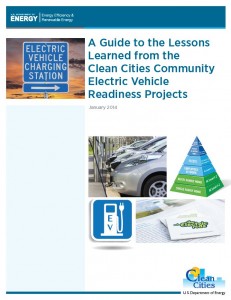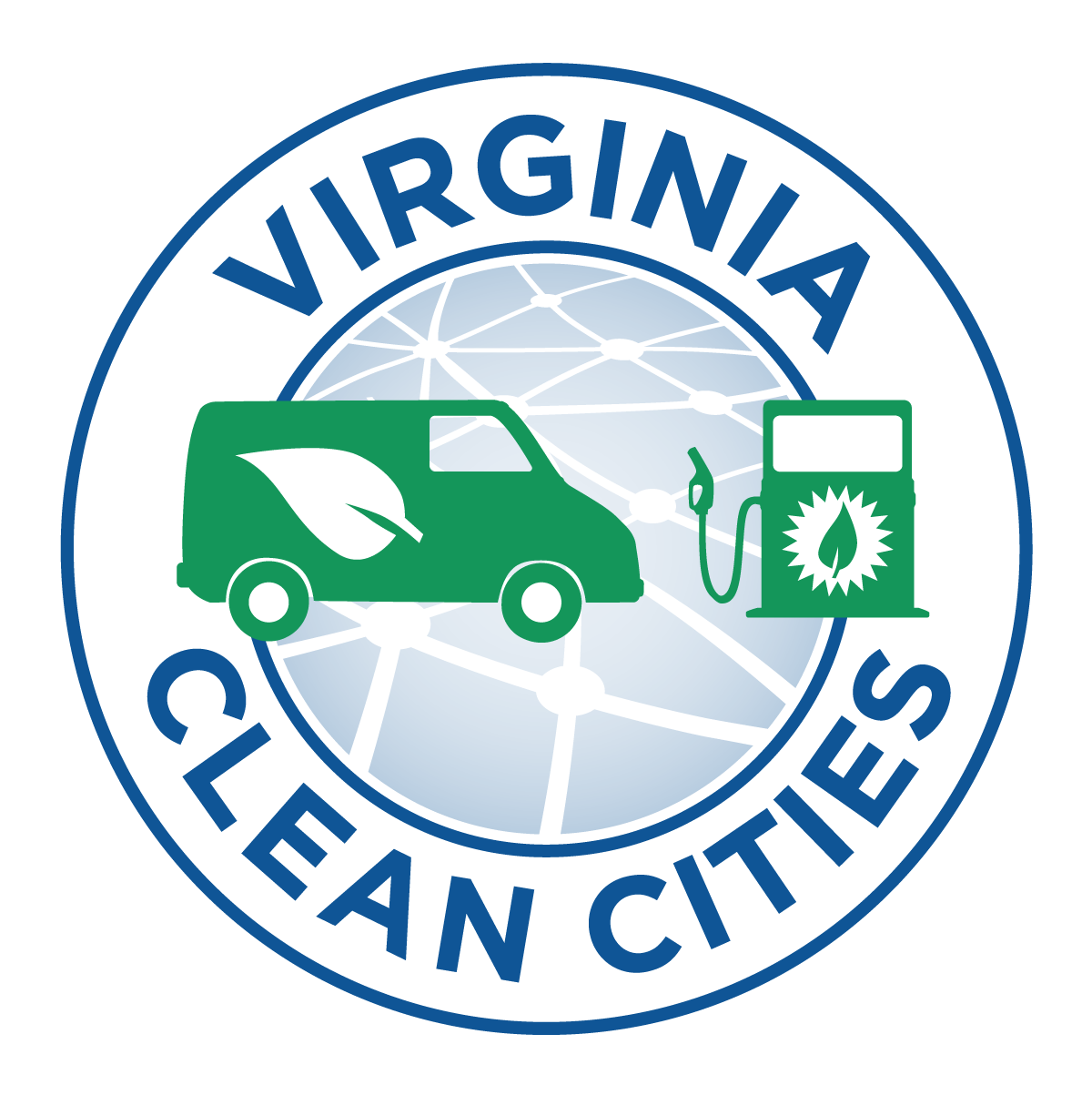 Clean Cities is proud to announce the release of A Guide to the Lessons Learned from the Clean Cities Community Electric Vehicle Readiness Projects. Synthesizing reports from the 16 Clean Cities PEV readiness projects across the country, the Guide gathers together the most important conclusions and highlights illustrative examples.
Clean Cities is proud to announce the release of A Guide to the Lessons Learned from the Clean Cities Community Electric Vehicle Readiness Projects. Synthesizing reports from the 16 Clean Cities PEV readiness projects across the country, the Guide gathers together the most important conclusions and highlights illustrative examples.
To announce the report, Clean Cities published “Ten Ways Communities Can Pave the Way for PEVs” on the EERE blog and posted below.
1. Form partnerships and gather input: Expanding a region’s PEV market requires collaboration and coordination between the private and public sector. For example, to help form their PEV readiness strategy, the City of Austin surveyed more than 1,000 people representing local and state governments, employers, PEV community groups, electricians, current PEV drivers, parking lot owners, and property owners.
2. Describe local benefits of PEVs: The American Lung Association of the Southwest in Colorado analyzed lifecycle emissions of local PEVs charged on Colorado’s electric grid. From electricity generation to tailpipe emissions, they found that, on average, PEVs in Colorado produce fewer greenhouse gases and smog-forming pollution than comparable gasoline vehicles. The study raised public awareness about the many health and environmental benefits of PEVs.
3. Analyze data to understand how the PEV market may grow: The Center for Transportation and the Environment in Atlanta found that PEV sales in Georgia, Alabama, and South Carolina will grow by at least 10-fold from 2015 to 2020.
4. Decide on the best incentives: Several states offer a variety of financial incentives to PEV buyers. The Centralina Council of Governments in North Carolina found that drivers prefer up-front incentives such as eliminating sales tax, rather than traditional tax credits, which Washington, Colorado, and New Jersey already offer.
5. Identify future public charging locations: The Transportation and Climate Initiative, which led a group of 11 Northeast and Mid-Atlantic states, described the benefits and challenges of installing charging stations at nine different types of locations including central business districts, universities, and workplaces.
6. Support the installation of chargers where a variety of PEV drivers live and work: Because 41% of housing in their region is multi-unit (as opposed to single family), the South Florida Regional Planning Council conducted workshops for apartment and condo managers on how to install PEV charging stations. Installing these stations at workplaces and multi-unit housing complexes can help ensure all PEV drivers, not only those in single-family houses, have easy access to charging.
7. Examine and revise zoning policies to encourage use of PEVs: The City of Auburn Hills in Michigan encourages developers to run electrical conduit to all new developments, making it easier to install residential charging in the future. So far, developers have followed that request and some are even installing PEV charging stations on their own.
8. Streamline permitting and codes: To help cities across the country simplify their permitting processes, Clean Cities offers a model permit that can be customized as needed. Similarly, Oregon has a single state-wide permit for residential electric vehicle chargers. By simplifying the permitting process, electricians only need to familiarize themselves with one set of requirements, rather than different permits in different cities.
9. Engage electrical utilities: To better understand how PEVs could impact the electric grid, the University of Hawaii is planning a “smart grid” demonstration with 200 private drivers, car share partners, and fleet owners.
10. Inform the public: New York City and Empire Clean Cities collaborated with drugstore chain Duane Reade to help consumers understand the benefits of PEV delivery trucks. Through an online campaign, New Yorkers voted on which Duane Reade stores the company would serve with these new, sustainable trucks. Many cities also promote the Alternative Fuels Data Center and its Alternative Fueling Station Locator to help their citizens learn more about PEVs.
The next Electric Vehicle Quarterly Discussion webinar will focus on the results of the report. Join us on Wednesday, March 12 at 1:00 p.m. for the webinar. To sign in to the webinar, visit the MyMeetings website and enter conference number PW4265601 and audience passcode 2492382. Participants can also join the event directly at the webinar-specific site. To call in, call 888-807-9760 and enter the participant passcode 2492382.
